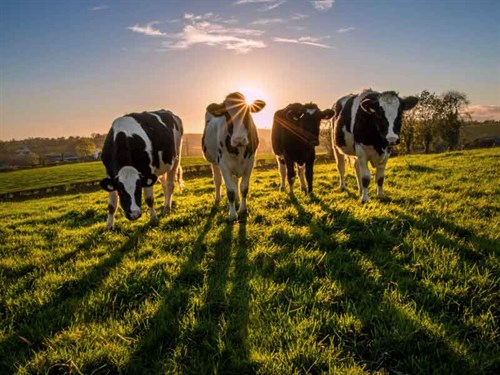Farm advice: More farmers weighing their heifers
DairyNZ animal productivity developer Sarah Dirks encourages farmers to take the time to make weighing a priority as it’s a real investment in their herds
The number of heifers weighed by farmers each year has increased 25 percent over the last five years, according to data from LIC. That’s a jump from 436,000 to 545,000 heifers now weighed each year.

This is great news for the industry and, I believe, shows that farmers now understand the value of weighing heifers. Achieving heifer live-weight targets has been shown to improve milk production and increase lifetime productivity. So take the time to make weighing a priority as it’s a real investment in your herd.
I hope dairy farmers and graziers will continue to build on this great progress, most of which has been made in just the last three years. Data from LIC’s MINDA Weights programme also shows that farmers are weighing their heifers more often.
Farmers are now on average weighing heifers 3.4 times in the first two years of their life; up from 3.2 times. This is great, but again we’d like to see this improve even further. It is good practice to weigh heifers every four to eight weeks, with a minimum amount of time of every 12 weeks.
It’s best practice to be clear on what their current weights are, and inform the grazier if there are any animals that might not meet their minimum weight for age requirements.
Weighing heifers is more important when they are young because it’s easier for them to fall behind target weights. A drop of 200g in growth per day may seem small, but it can have a huge impact on the growth of a young animal. Skeletal growth is influenced by pre-puberty nutrition and management, and can never be made up if missed.
Weighing and then reviewing the data can pick up low growth early on and alert dairy farmers or graziers that they need to alter their mob management, or intervene for underweight animals.
A weight review by Massey University and LIC has found New Zealand farmers have significantly improved their pre-mating management, with the average heifer in the study achieving the pre-mating live-weight target. However, pre-calving targets are still being missed. The time of year that seems most difficult for farmers to grow heifers is in their second autumn. This could be due to a range of factors, such as a shortage of autumn feed, poor pasture conditions, or animal health issues.
There are four key times to weigh a heifer – at weaning; at 12-13 months to ensure they’re on track to achieve puberty; at 15 months to make assess pre-puberty animal management; and at 22-months to make sure they have definitely met their pre-calving live-weight targets.
Regardless of the age or time of year, make weighing your heifers a priority to help them meet live-weight targets and set them up to have the most productive life possible ahead in the herd.
Help and support
Rural Support Trust
Specialised support for farmers
0800 787 254
Depression website
depression.org.nz
0800 111 757
Farmstrong
farmstrong.co.nz
The Low Down
Youth depression website
thelowdown.co.nz
Mensline
Men’s helpline (5.30pm–11pm)
0800 636 754 (outside Auckland) or
(09) 522 2500 (Auckland)
Keep up to date in the industry by signing up to Farm Trader's free newsletter or liking us on Facebook


.jpg)
.jpeg)

.jpg)
.jpeg)
.jpg)
.jpeg)
.jpeg)






